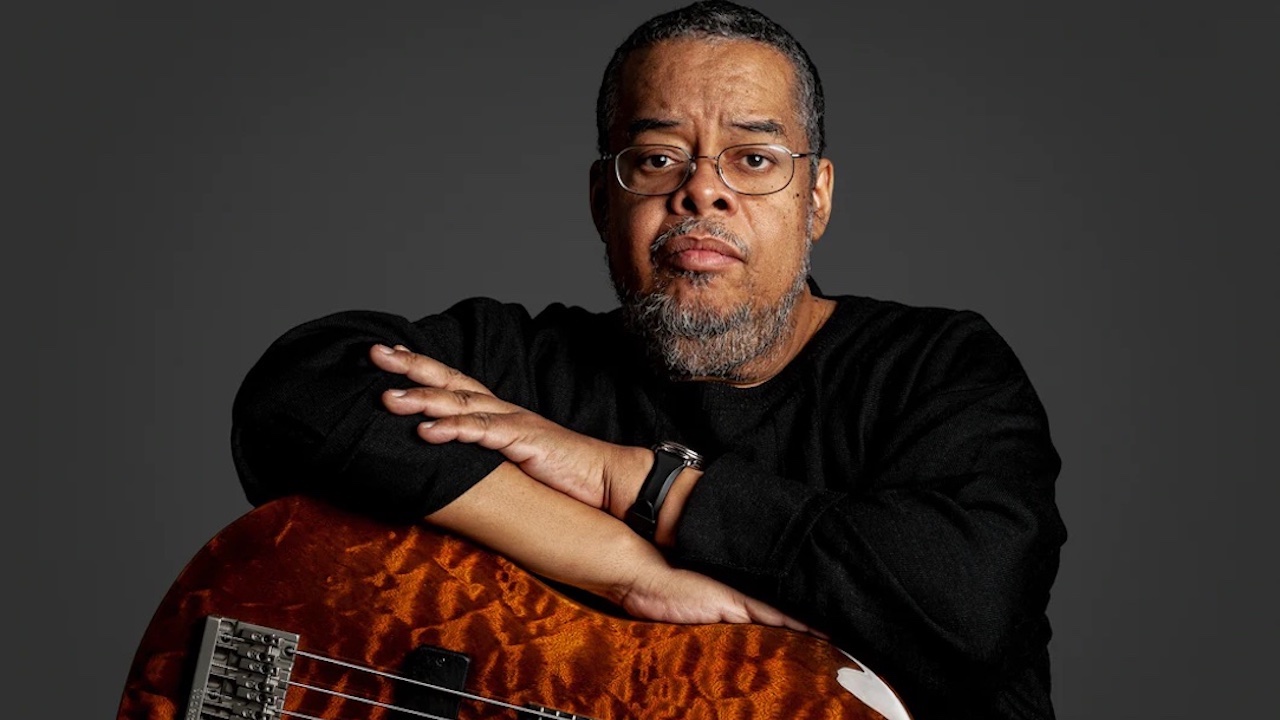
When it comes to songs about money, few have retained their value like the O'Jays' 1974 hit For the Love of Money. While the song initially reached No. 9 on the pop charts (and No. 3 in R&B), it has since become one of the most recycled singles ever, sampled continually by rappers, and appearing on numerous movie soundtracks.
Bass players, of course, are reverentially familiar with Anthony Jackson's landmark bassline. Unhappy with their demo, producers Gamble & Huff brought the then 20-year-old Jackson into their office for ideas; Jackson broke out his pick and phaser, and soon the entire staff was huddled around the office. Jackson’s bassline caused such a sensation that he was given a co-writing credit.
Speaking to Bass Player, Jackson stressed the importance of understanding his concept in order to best execute the line. “My inspiration was the guitarists of James Brown – players like Jimmy Nolen and 'Catfish' Collins, especially on tracks like Licking Stick-Licking Stick and Give It Up or Turnit a Loose. As a teenager, I would jam with my friend, Reggie Lucas, who had those Nolen-style guitar parts down, and as a bass guitarist, I found it natural to double him an octave lower.
“That's the key; if you think bass guitar, it will open up your mind and you will understand where For the Love of Money came from.”
A word of advice: Learning to play the ghost note-inflected, picked part up to speed and with Jackson's precision is no easy feat for a finger player at any level.
“The pick is not something you grab on the spur of the moment and learn over a weekend, or use like stepping on an effect pedal. Ideally, it requires the same commitment as a doubler deciding to learn to play upright with a bow.”
To execute Jackson’s bassline, grasp a heavy-gauge pick and slowly practice the upstrokes and downstrokes, while muting with your left hand for a ghost-note effect. Amid the continuing ghost-notes, sound the first two notes of beats one, two, and three, while retaining an even attack.
“I learned from watching players who move their wrists and others who move only their forearm. My playing is a blend of both approaches. More important is to emphasize economy of motion – there should be no flailing around.”
The basic four-bar phrase is first heard solo at the top of the track and then repeated with subtle variations. Note how the ghost notes propel the bassline. Jackson picked the strings just ahead of his P-Bass's split pickup (toward the neck), with a feel that sits right in the centre of the pocket.
At 01:46, there’s a solo bass break that leads into the first verse, which co-producer Leon Huff came up with at the session. Jackson played the C's with downstrokes and the C#'s with upstrokes. He also altered the chorus part by adding the descending D, C#, and C on the first two beats. This two-bar phrase continues in all of the verse sections; producers Gamble & Huff later doubled the descending line with horns and a guitar.
Jackson was greatly influenced by Motown bassist James Jamerson, and you can hear Jamerson's influence in Jackson’s one-bar bridge groove, which is first heard at 3:00 and repeated four times, with the chromatic ascending notes and the open-string drop-down on beat one.
Watch bassist Curtis Teel tackle Anthony Jackson's bassline in this performance from 1974’s Soul Train.
Another key factor to Jackon’s bass tone comes via his Rotosound roundwound strings, which he’d begun experimenting with in 1972.
“People were saying, ‘They’re noisy, they’ll eat your frets, and they make the bass sound too much like a guitar.’ But to me they were a revelation. Combined with the flat pick, my instrument assumed an identity that was removed from my Jamerson self, accentuating Jack Casady’s influence.”







